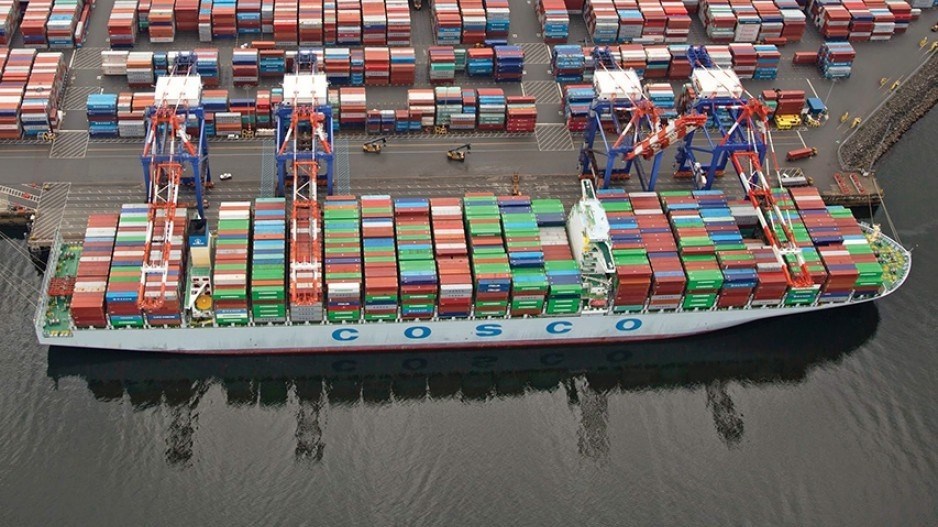While the COVID-19 pandemic dampened the economy, strong trade through the Port of Prince Rupert helped sustain that region, an economic impact study shows.
The Port of Prince Rupert Gateway Council’s study, released September 22, shows strong employment benefits associated with the movement of trade through Prince Rupert.
Over the last decade, the movement of goods to and from international markets through Prince Rupert has increased by more than 100% to a record 32.4 million tonnes of cargo in 2020, thanks to the vast contributions of Gateway partners.
The study found growing cargo volumes through Prince Rupert continued to generate significant economic benefits for communities across northern B.C.’s supply chain
“The Prince Rupert Port Authority is delighted to see the long-term, successful partnership amongst key Gateway contributors formalized through the formation of the gateway council,” said Prince Rupert Port Authority president Shaun Stevenson. “Collectively, the shared vision of a prosperous and vibrant northern B.C. economy built on a competitive international trade corridor is becoming a reality that is only further strengthened through collaborative effort.”
Gateway council members include the Prince Rupert Port Authority, CN, Ridley Terminals Inc., Prince Rupert Grain, DP World Canada, Pinnacle Renewable Energy, AltaGas Ltd., Pembina Pipeline, Ray-Mont Logistics, Quickload Logistics, Coast 2000 Terminals, Gat Leedm Logistics, Vopak Canada and the International Longshore & Warehouse Union.
The study found pandemic impacts were particularly acute in tourism-related businesses tied to cruise ship and ferry visitors, but also affected containerized cargo volumes and related employment numbers.
Growth in cargoes and terminals related to coal, wood pellets and propane were important counterweights and highlighted the value of cargo diversification moving through the port
2020 Economic Impact Study highlights include (percentage change versus 2018 levels):
•32.4 million tonnes of cargo was valued at $60 billion in 2020;
•total economic output from port industry activity increased 7% to $1.4 billion;
•direct full-time employment in gateway businesses increased 3% to 3,700 jobs;
•total job growth, including indirect and induced employment, increased 9% to 7,800 jobs;
•total wages from direct employment in gateway businesses increased 17% to $360 million, and;
•average annual wages in gateway businesses increased 14% to $95,000 per full-time worker.
Prince Rupert’s port activity also supported more than $147 million in tax revenue for all levels of government through associated stipends, personal tax, corporate tax and property tax revenues, the study found.
It also noted that, while the federal and B.C. governments are the largest recipients of tax revenue, local governments increased revenue 22% to $12 million from port properties.
twitter.com/jhainswo




